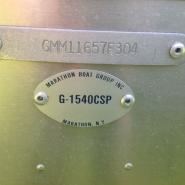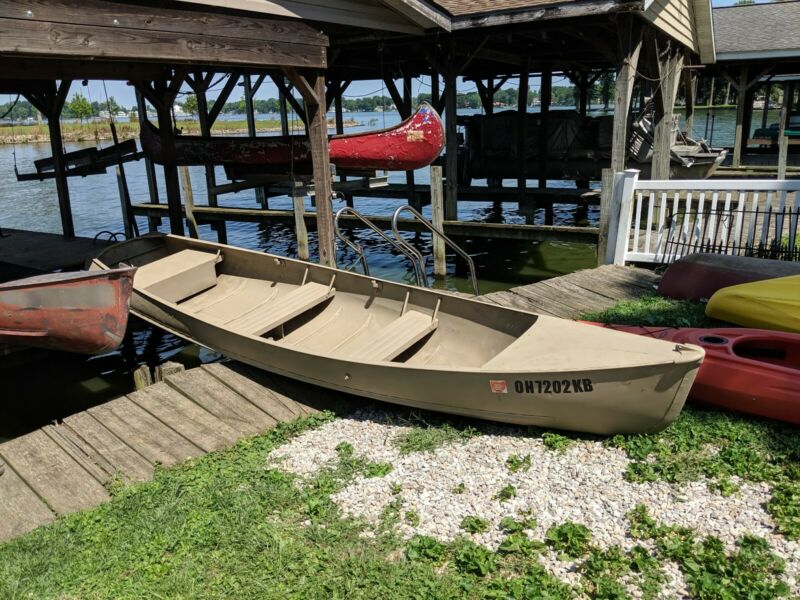

Without hesitation, alone and unaided he repeatedly attacked this enemy formation at close range in the face of their intense combined machine-gun and cannon fire, and despite this concentrated opposition, he, by his gallant and courageous action, his extremely skillful marksmanship, making the most of every shot of his limited amount of ammunition, shot down five enemy bombers and severely damaged a sixth before they reached the bomb release point.

” ‘For conspicuous gallantry and intrepidity in aerial combat, at grave risk of his life above and beyond the call of duty, as section leader and pilot of Fighting Squadron 3, when on February 20, 1942, having lost the assistance of his teammates, he interposed his plane between his ship and an advancing enemy formation of nine attacking twin-engined heavy bombers. Navy, for services as set forth in the following Citation:

“The President takes pleasure in presenting the Congressional Medal of Honor to Lieutenant Edward H. The five flags, the ensign of the Imperial Japanese Navy, signify the enemy airplanes destroyed in the action of 20 February 1942. The “Felix the Cat” insignia represents Fighter Squadron 3 (VF-3). Lieutenant “Butch” O’Hare in the cockpit of his Grumman F4F-3 Wildcat fighter. A Gearing-class destroyer, USS O’Hare (DD-889), was also named after the fighter pilot. Navy)įor his bravery, Butch O’Hare was promoted to lieutenant commander and awarded the Medal of Honor.Īn airport in Chicago, O’Hare International Airport (ORD), the busiest airport in the world, is named in his honor. A Mitsubishi G4M “Betty” medium bomber photographed from the flight deck of USS Lexington, 20 February 1942. In the air battle, he is credited with having shot down five of the Japanese bombers and damaging a sixth. His wingman’s guns failed, so O’Hare fought on alone. and his wingman were the only fighter pilots available to intercept.Īt 1700 hours, O’Hare arrived over the nine incoming bombers and attacked. Another flight of nine Bettys approached from the undefended side, and Lieutenant (junior grade) Edward H. Lexington‘s fighters, Grumman F4F-3 Wildcats, were launched in defense and an air battle ensued. In the afternoon, the carrier came under attack by several flights of enemy Mitsubishi G4M “Betty” bombers. (LIFE Magazine)Ģ0 February 1942: During the early months of World War II, a task force centered around the United States aircraft carrier USS Lexington (CV-2) was intruding into Japanese-held waters north of New Ireland in the Bismarck Archipelago. A Grumman F4F Wildcat is in the background.


 0 kommentar(er)
0 kommentar(er)
